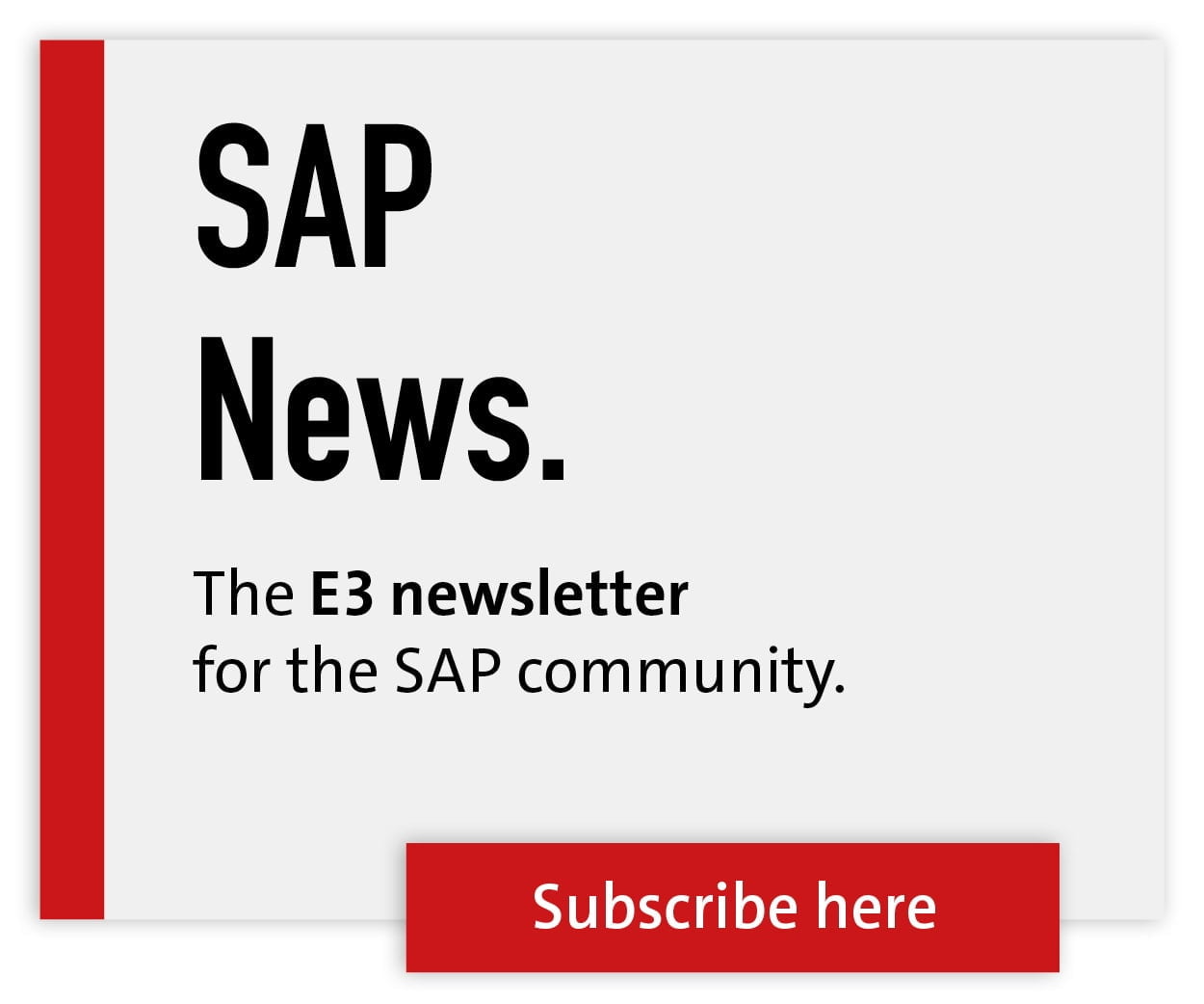Destination Integration


SAP introduced the Vehicles Network at the end of February. What does this change for customers who also use Concur?
Jens Schneider: The SAP Vehicles Network is based on the SAP Cloud Platform and enables an intelligent, automated driving experience. In cooperation with various partners, this ranges from vehicle rental, parking space and petrol station searches to integrated navigation and expense reports for business travelers or digital payment options.
A connected car prototype was presented at this year's Mobile World Congress. Among other things, it showed how business travelers can integrate their travel plans with Concur and thus automatically generate directions or have seamless access to travel expense reimbursement functions, including transactions for settling parking fees and fuel fills.
Nothing will change for Concur customers for the time being, as this is a prototype. However, it demonstrates very clearly that Concur is working intensively on exciting future scenarios and trends and is also working closely with SAP.
To what extent do the different legal frameworks in the individual European countries place restrictions on Concur?
Schneider: Although different legal frameworks are a challenge, they are not a limitation for us. On the contrary, they actually provide arguments for using our solution: Internationally positioned companies must map the legal framework conditions applicable in the respective countries in their business travel management.
Concur does just that by allowing the applicable guidelines to be stored directly in the system. This makes work easier for companies and also promotes compliance.
Can these different legal regulations be mapped in Concur?
Schneider: Yes, our solution can do this - and not just in standard cases. Concur enables even companies with particularly strict regulations to be compliant.
This applies to companies in the pharmaceutical industry, for example, which are subject to strict regulations. Another strength of the Concur solution is its flexible configuration, which allows companies to store their individual travel policies in the system.
How deeply is Concur integrated into SuccessFactors, SFinance and R/3 and what else is planned?
Schneider: The integration between Concur and SAP currently covers all ERP versions from ECC 6.0 SP18 onwards. This also includes all current S/4 Hana and S/4 Cloud versions.
The integration includes the transfer of employee master data and account assignment objects as well as the posting of expense reports and advances.
The posting process has been greatly improved in this context and now includes the option of correcting errors directly in Concur. An integration in SuccessFactors Employee Central is currently in development or in an early adopter phase and will be available to all customers in the coming months.
With this integration, it will then be possible to transfer employee master data directly from EC. Further integrations with other SAP solutions are also currently under development and should be available in the coming months. This includes, for example, integration with SAP BusinessOne, Business ByDesign and SAP Payroll.
In the USA, Curb enables direct cab bookings to be made in Concur. Are similar systems planned for Europe?
Schneider: Cab providers are also integrated in Europe. Users who order a cab via Uber or MyTaxi in Germany using the corresponding app, for example, receive an electronic receipt that automatically flows into the Concur system. To use this integration, business travelers simply need to connect their account to Concur.
To what extent are public transportation service providers in the DACH region integrated into Concur?
Schneider: Various air, train and other passenger transportation providers are integrated into the Concur solution - either directly or via partners.
Deutsche Bahn, for example, is integrated via a so-called punch-out, which means that users who book a ticket are redirected to the Deutsche Bahn website and then returned to the Concur process.
Alternatively, rail bookings made via our TripLink partner Trainline automatically flow into the Concur system. Lufthansa is integrated via GDS and will soon also be integrated via our TripLink platform. Providers such as Uber or MyTaxi, on the other hand, are part of the Concur solution as app center partners.
Is there a connection to Car-Sharing service providers such as DriveNow or Uber?
Schneider: The sharing economy is becoming increasingly relevant in Germany - also in the business travel sector.
Our latest Business Traveler Report comes to the conclusion that 64 percent of business travelers want to use apps and portals that they are familiar with from their private lives.
63 percent want more flexibility and choice from their booking system.
The Concur ecosystem therefore also includes app partners from the sharing economy, such as Uber. In addition to car sharing, we also have providers such as Airbnb on board to offer an alternative accommodation service.
These and many other applications can be found in the Concur App Center at www.concur.com/en-us/app-center. There, users will find a list of applications that offer easy integration with Concur.
Concur recently presented integrated risk messaging. What new possibilities does the solution offer?
Schneider: Our new risk messaging solution is integrated into the Concur solution. It builds on a comprehensive data set based on data from Concur Travel & Expense, Concur Mobile, ConcurTripLink, TripIt and electronic receipts, among others.
The solution thus provides an immediate and unique overview of employees who may be in danger. Another new feature is the option of a monitoring service that supports companies 24/7 in employee communication.
The service ranges from a guide for travel preparations to safety information in the event of an emergency. This enables companies to fulfill their duty of care at all times, react quickly in times of crisis and initiate aid measures - across all time zones and even outside of business hours.
Concur data shows that the need for such risk management solutions is becoming increasingly important. The number of users who received security alerts rose from 151,000 to 1.3 million between January and December 2016. That is an increase of 770 percent.




